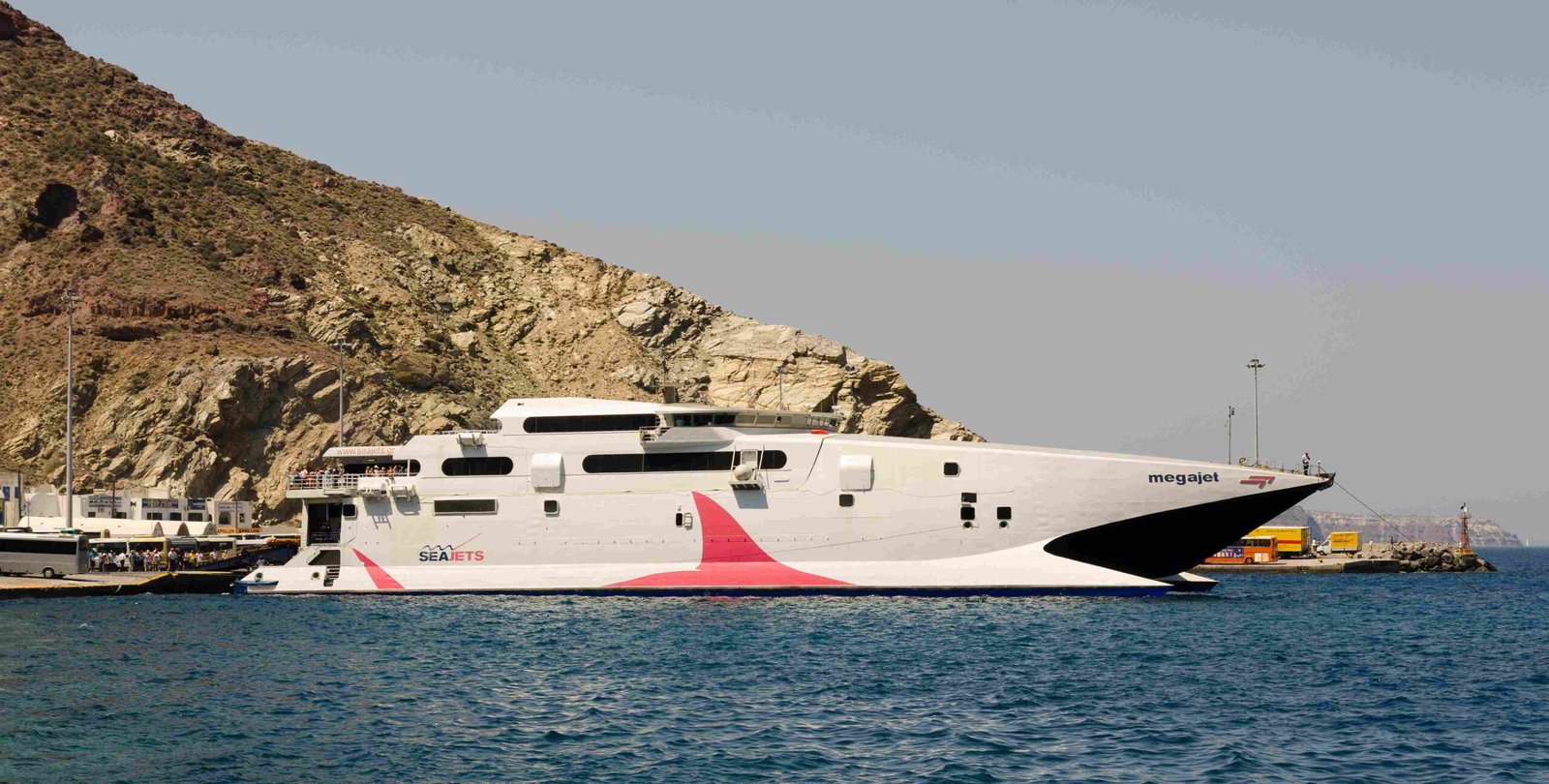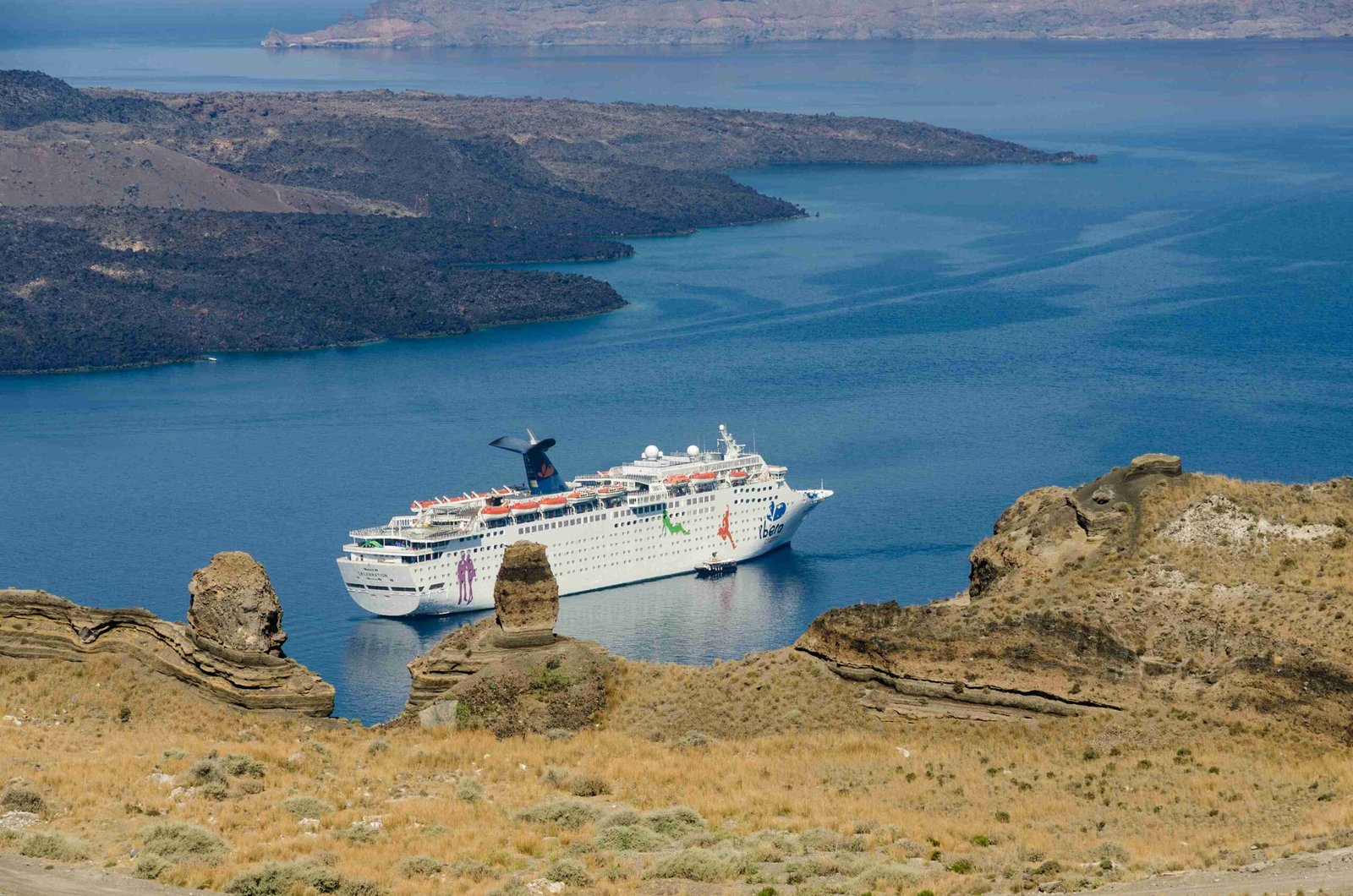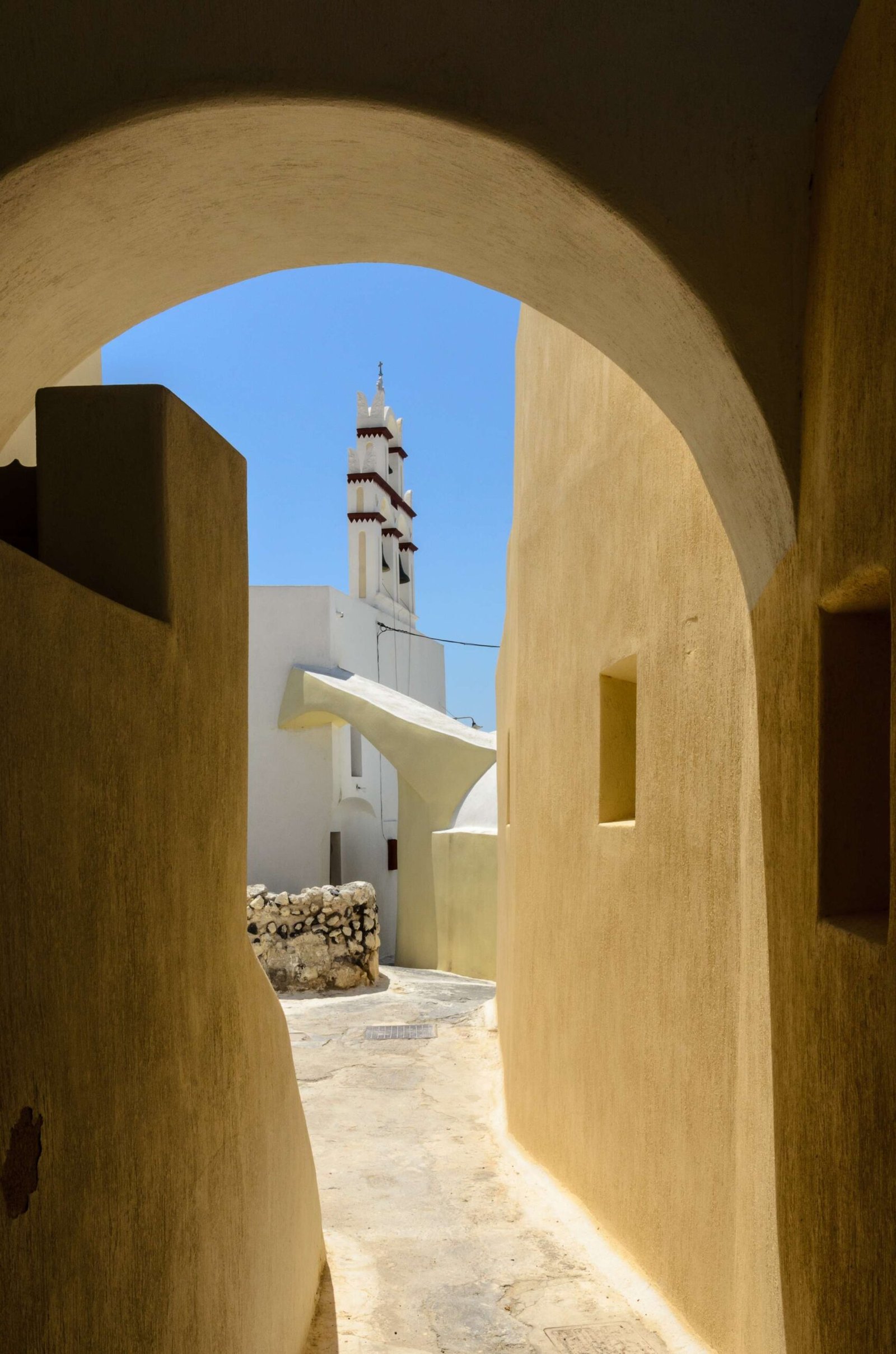The Santorini red cliffs are a stunning geological formation that showcases the island’s volcanic history. These cliffs, composed of layers of volcanic materials including pyroclastics, lava flows, and Minoan Tuff, offer breathtaking views and unique hiking experiences. Formed over millions of years through volcanic activity, the red cliffs are not only a visual spectacle but also a testament to the dynamic geological processes that shaped Santorini.
What is the Geological Composition of the Santorini Red Cliffs?

The Santorini red cliffs are a complex tapestry of volcanic materials, each layer telling a story of the island’s fiery past. Here’s a breakdown of their composition:
- Pyroclastics: These are fragments of rock ejected during volcanic eruptions.
- Lava Flows: Solidified streams of molten rock from past eruptions.
- Minoan Tuff: A key component, this unconsolidated material resulted from the massive eruption around 1600 BCE.
- Andesites, Basalts, and Dacites: Remnants of composite cone volcanoes like Mount Peristeria.
The formation of these cliffs began approximately two million years ago, with volcanic emissions from beneath the Aegean Sea. The most significant event in their creation was the colossal eruption around 1600 BCE, which formed the current caldera and deposited large amounts of Minoan Tuff.
Key Geological Features
- Caldera Formation: The cliffs are part of the caldera formed by the volcano’s collapse after massive eruptions.
- Layered History: They expose a stratified record of volcanic activity.
- Unstable Nature: The presence of unconsolidated Minoan Tuff makes the cliffs prone to landslides.
How Can You Explore the Santorini Red Cliffs?

Exploring the Santorini red cliffs is an adventure that combines stunning views with geological wonders. Here are some popular hiking trails:
Fira to Oia Trail
- Length: 10-12 kilometers
- Difficulty: Moderate
- Duration: 3-4 hours
- Highlights: Panoramic views of the caldera and red cliffs
Skaros Rock Trail
- Length: 2-3 kilometers
- Difficulty: Easy to moderate
- Duration: 1-2 hours
- Highlights: Excellent viewpoints of the caldera and cliffs
Both trails offer unique perspectives of the red cliffs, but hikers should be prepared for uneven terrain and steep inclines in some sections.
What Are the Best Photography Tips for Capturing the Santorini Red Cliffs?
Capturing the beauty of the Santorini red cliffs requires some planning and the right equipment. Here are some tips to help you get the perfect shot:
- Optimal Lighting:
- Golden hour (early morning and late afternoon)
-
Sunset for dramatic effects
-
Recommended Viewpoints:
- Oia Village
- Fira
-
Skaros Rock
-
Equipment Recommendations:
- Wide-angle lens for expansive views
- Polarizing filter to reduce glare
- Tripod for stability in low light conditions
| Time of Day | Lighting Effect | Best For |
|---|---|---|
| Golden Hour | Soft, warm light | Accentuating cliff colors |
| Sunset | Dramatic glow | Silhouette shots |
| Midday | Harsh light | Capturing geological details |
What Amenities and Facilities Are Available Near the Santorini Red Cliffs?
When planning your visit to the Santorini red cliffs, it’s important to know what amenities and facilities are available:
Parking Options
- Limited parking available in Fira and Oia villages
- Recommend using public transportation during peak season
Nearby Restaurants
- Numerous options in Fira and Oia
- Greek cuisine with caldera views
Guided Tour Packages
- Geological history tours available
- Average cost: €50-€100 per person for a half-day tour
Scheduled Events
- No specific events focused on the red cliffs
- Cultural events in nearby villages may coincide with visits
How Has Volcanic Activity Shaped the Santorini Red Cliffs?
The Santorini red cliffs are a direct result of the island’s volcanic history. Here’s how volcanic activity has shaped these magnificent formations:
- Initial Formation: Began about two million years ago with underwater volcanic emissions.
- Shield Volcanoes: These early formations merged with non-volcanic islands to create Santorini.
- Major Eruptions: At least four significant caldera-forming events, with the most notable around 1600 BCE.
- Layered Deposits: Each eruption added new layers of volcanic material, creating the distinctive stratification visible today.
- Ongoing Shaping: Continuous volcanic activity and erosion continue to mold the cliffs.
The red color of the cliffs is primarily due to the oxidation of iron-rich minerals in the volcanic rocks, a process that has occurred over thousands of years of exposure to the elements.
What Safety Precautions Should Hikers Take When Exploring the Santorini Red Cliffs?
While hiking the Santorini red cliffs offers breathtaking views, it’s important to prioritize safety. Here are some essential precautions:
- Wear Appropriate Footwear: Sturdy hiking shoes with good traction are a must.
- Stay Hydrated: Carry plenty of water, especially during hot summer months.
- Sun Protection: Use sunscreen, wear a hat, and bring sunglasses.
- Stay on Marked Trails: The cliffs can be unstable, so stick to designated paths.
- Check Weather Conditions: Avoid hiking during extreme heat or strong winds.
- Inform Others: Let someone know your hiking plans and expected return time.
- Carry a First Aid Kit: Be prepared for minor injuries or emergencies.
Remember, the Minoan Tuff that makes up part of the cliffs is unstable. Avoid getting too close to cliff edges and be cautious of loose rocks.
How Does the Geology of Santorini Red Cliffs Compare to Other Volcanic Islands?
The Santorini red cliffs are unique in their composition and formation, but they share some similarities with other volcanic islands. Here’s a comparison:
| Feature | Santorini Red Cliffs | Other Volcanic Islands |
|---|---|---|
| Composition | Pyroclastics, lava flows, Minoan Tuff | Varies, but often includes similar volcanic materials |
| Age | ~2 million years old | Can range from a few years to millions of years |
| Caldera Formation | Present, due to massive eruption | Not all volcanic islands have calderas |
| Color | Distinctive red due to iron oxidation | Colors can vary widely depending on mineral content |
| Stability | Relatively unstable due to Minoan Tuff | Stability varies based on age and composition |
While many volcanic islands showcase layered deposits and dramatic cliffs, the Santorini red cliffs are particularly notable for their vibrant color and the clear evidence they provide of the island’s explosive geological history.
The unique combination of geological processes, including the massive caldera-forming eruption and the subsequent oxidation of iron-rich minerals, has created a landscape that is both scientifically fascinating and visually stunning. This makes the Santorini red cliffs not just a beautiful backdrop for photographs, but also a valuable site for understanding volcanic processes and their impact on island formation.

